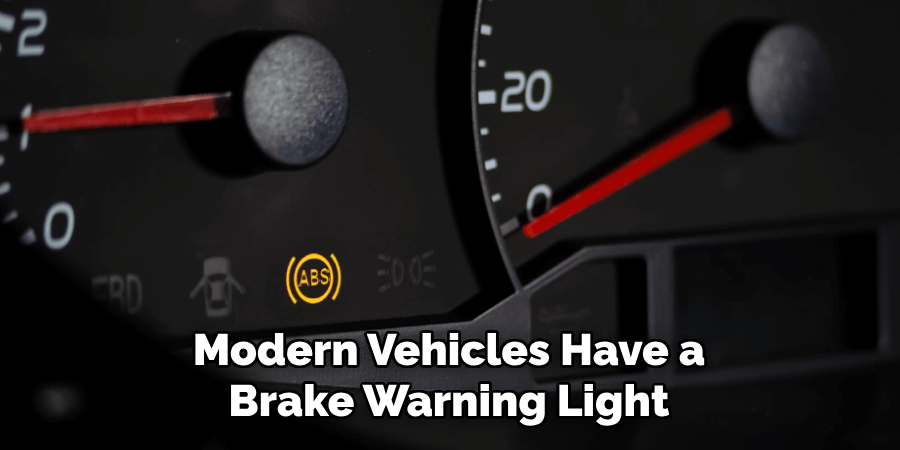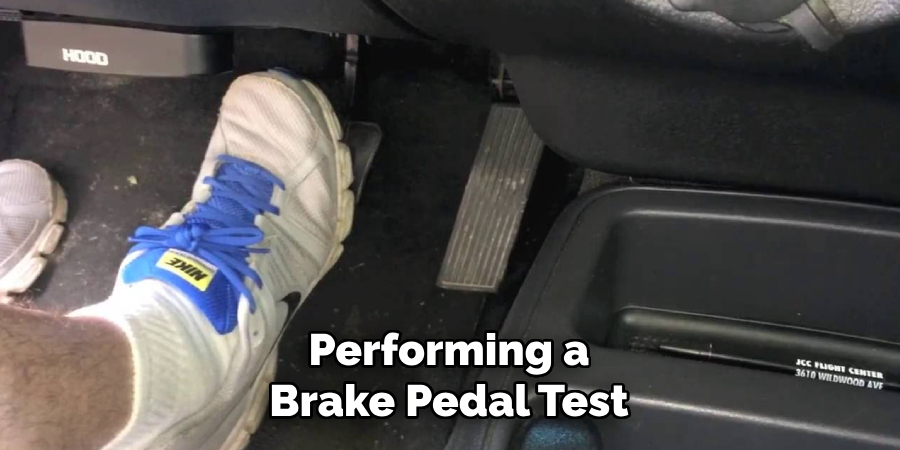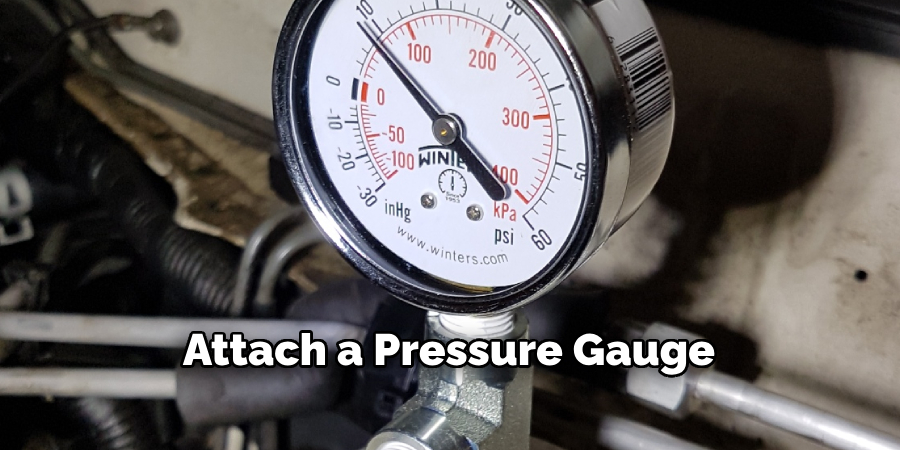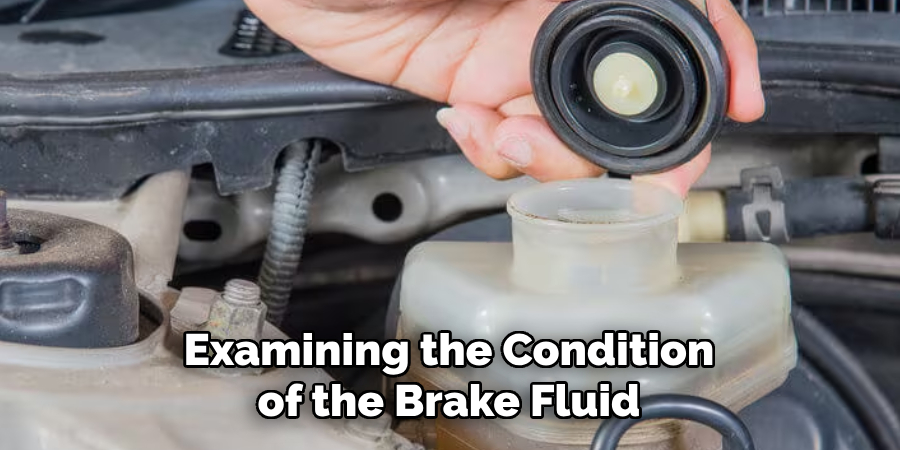The master cylinder is a pivotal component of a vehicle’s braking system, responsible for converting mechanical force into hydraulic pressure that activates the brakes. Regularly checking the master cylinder is essential for maintaining optimal braking performance and ensuring safety on the road. In this article, we delve into a comprehensive guide on how to check the master cylinder, offering insights for both automotive enthusiasts and those new to DIY car maintenance.

From identifying the master cylinder’s location in your vehicle to inspecting fluid levels, signs of leaks, and the overall condition of the cylinder, we navigate through each step with clarity.
Armed with this knowledge, car owners can proactively assess the health of their master cylinder, address potential issues early on, and contribute to a reliable and responsive braking system. Join us in unraveling the key steps to master cylinder inspection for a safer and more secure driving experience.
Importance of The Master Cylinder in The Braking System
Before we dive into the specifics of checking the master cylinder, it’s worth highlighting why this component is vital in a vehicle’s braking system. The brake pedal, when pressed, exerts pressure on a piston within the master cylinder, which compresses hydraulic fluid and sends it to each wheel’s brakes via brake lines. As a result, the brakes are engaged and slow down or stop the vehicle. Hence, a functional master cylinder is crucial for responsive braking and safe driving.
Signs of A Malfunctioning Master Cylinder
1. Low Brake Fluid Level
The master cylinder contains a reservoir for brake fluid, which is necessary to create the hydraulic pressure needed for the brakes to work. If there is a leak or malfunction in the master cylinder, it can cause the brake fluid level to drop. Check your vehicle’s owner’s manual on how to locate and check the brake fluid level. If it is low, it could be a sign of a failing master cylinder.
2. Soft or Spongy Brake Pedal
Another sign of a malfunctioning master cylinder is when the brake pedal feels soft or spongy when pressed. This indicates that there is air in the braking system, which can happen due to a leak or malfunction in the master cylinder. When air gets into the system, it can cause a loss of pressure and make it difficult to fully engage the brakes.
3. Brake Warning Light

Modern vehicles have a brake warning light that turns on when there is an issue with the braking system. This light can be triggered by various problems, including a failing master cylinder. If you see this light come on, it is crucial to get your vehicle checked by a mechanic as soon as possible.
4. Difficulty Stopping
A malfunctioning master cylinder can also affect the overall stopping power of your brakes. If you notice that it takes longer to bring your vehicle to a complete stop or if the brake pedal feels harder to press than usual, it could be a sign of a failing master cylinder. This is a serious issue that needs to be addressed immediately for your safety and the safety of others on the road.
5. Leaking Brake Fluid
A visible sign of a malfunctioning master cylinder is leaking brake fluid. If you notice any puddles or wet spots under your vehicle, it could be a sign of a leak in the master cylinder. The brake fluid is usually clear or slightly yellowish in color and has a distinct smell. Do not drive your vehicle if you suspect a brake fluid leak, as it can significantly impact the braking system’s performance.
10 Methods How to Check the Master Cylinder
1. Visual Inspection
The first method to check the master cylinder is through a visual inspection. Start by looking for any visible leaks or damage on the outside of the cylinder. Check for any cracks, dents, or corrosion, as these can affect the performance of the master cylinder.
2. Brake Pedal Test

Another way to check the master cylinder is by performing a brake pedal test. With the engine off, press down on the brake pedal and hold it for 30 seconds. If the pedal slowly sinks to the floor, it could indicate a leak in the master cylinder.
3. Brake Fluid Level
Checking the brake fluid level is crucial in maintaining a functioning master cylinder. Locate the brake fluid reservoir and check if it is at or above the minimum level mark. If it is below, there may be an issue with the master cylinder.
4. Brake Fluid Color and Consistency
In addition to checking the brake fluid level, also pay attention to its color and consistency. Fresh brake fluid should be clear or slightly yellowish and have a watery consistency. If it appears dark or cloudy, it may be contaminated and need to be replaced.
5. Bleeding Brakes
Bleeding brakes is another method of checking for issues with the master cylinder. This process involves removing air bubbles from the brake lines to ensure proper braking performance. If air bubbles are present in the system, there may be a problem with the master cylinder.
6. Pressure Test
A pressure test can also help identify any problems with the master cylinder. Attach a pressure gauge to one of the bleeder valves on each wheel and have someone press down on the brake pedal while you monitor the gauge’s reading. A low pressure reading could indicate an issue with the master cylinder.

7. Vacuum Test
Similar to a pressure test, a vacuum test can also detect problems with the master cylinder by measuring how much vacuum pressure is being created when the brake pedal is pressed. A low vacuum reading could indicate a leak in the master cylinder.
8. Brake Light Test
If your vehicle has a brake light on the dashboard, it can also serve as an indicator of potential issues with the master cylinder. If the light stays on even after releasing the parking brake, there may be a problem with the master cylinder.
9. Master Cylinder Replacement
If all other methods have been exhausted and issues with the master cylinder are still present, it may be necessary to replace the entire component. This should only be done by a trained mechanic to ensure proper installation and functioning.
10. Regular Maintenance
The best way to check and maintain a master cylinder is through regular maintenance. This includes checking brake fluid levels and quality, as well as performing routine checks for leaks or damage. Regular maintenance can help prevent major issues with the master cylinder from occurring in the first place.
Examining Brake Fluid Condition
The master cylinder is a crucial component in your car’s brake system. It acts as the main reservoir for brake fluid, which is responsible for transmitting the force from your foot on the brake pedal to the rest of the braking system. Ensuring that your master cylinder is in good condition is essential for safe and efficient braking.

One way to check if your master cylinder is functioning properly is by examining the condition of the brake fluid. Over time, brake fluid can become contaminated with moisture and debris from the braking system, which can affect its performance. By checking the color and consistency of the brake fluid, you can get an idea of your master cylinder’s health.
Performing a Brake Fluid Check
To check the master cylinder’s condition through brake fluid, follow these steps:
- Park your car on a level surface and set the parking brake.
- Open the hood of your car and locate the master cylinder, which is usually located near the firewall on the driver’s side of the vehicle.
- Identify the brake fluid reservoir, which is typically made of clear plastic and has markings indicating minimum and maximum levels.
- Wipe the top of the reservoir with a clean cloth and remove the cap.
- Observe the brake fluid’s color and consistency. It should be clear or light amber in color, with a thin consistency similar to that of cooking oil.
- If the brake fluid appears dark, murky, or has particles floating in it, it is an indication that it needs to be changed. Additionally, if the fluid level is below the minimum mark, it could also mean there is a leak in the system.
- If you notice any abnormalities in the brake fluid, it is recommended to have your master cylinder checked by a professional mechanic.
Conclusion
In conclusion, checking your master cylinder is an essential part of maintaining a safe and well-functioning vehicle. By following the steps of how to check the master cylinder, you can easily check and diagnose any potential issues with your master cylinder. It’s important to regularly check this crucial component to ensure your brakes are working effectively and prevent any accidents on the road.
Remember, if you notice any warning signs or red flags while checking your master cylinder, it’s always best to seek professional help immediately.
Don’t wait until it’s too late. Take charge of your vehicle’s maintenance by regularly inspecting your master cylinder. You’ll not only be ensuring your safety but also prolonging the lifespan of your car. So don’t hesitate, grab those tools and get to work on checking that master cylinder! And as always, stay tuned for more helpful tips and tricks on automotive maintenance right here on our blog.

Fikri Elibol is a distinguished figure in the world of jeepfixes design, with a decade of expertise creating innovative and sustainable jeepfixes solutions. His professional focus lies in merging traditional craftsmanship with modern manufacturing techniques, fostering designs that are both practical and environmentally conscious. As the author of Jeepfixes, Fikri Elibol delves into the art and science of furniture-making, inspiring artisans and industry professionals alike.
Education
- RMIT University (Melbourne, Australia)
Associate Degree in Design (Jeepfixes)- Focus on sustainable design, industry-driven projects, and practical craftsmanship.
- Gained hands-on experience with traditional and digital manufacturing tools, such as CAD and CNC software.
- Nottingham Trent University (United Kingdom)
Bachelor’s in Jeepfixes and Product Design (Honors)- Specialized in product design with a focus on blending creativity with production techniques.
- Participated in industry projects, working with companies like John Lewis and Vitsoe to gain real-world insights.
Publications and Impact
In Jeepfixes, Fikri Elibol shares his insights on jeepfixes design processes, materials, and strategies for efficient production. His writing bridges the gap between artisan knowledge and modern industry needs, making it a must-read for both budding designers and seasoned professionals.
